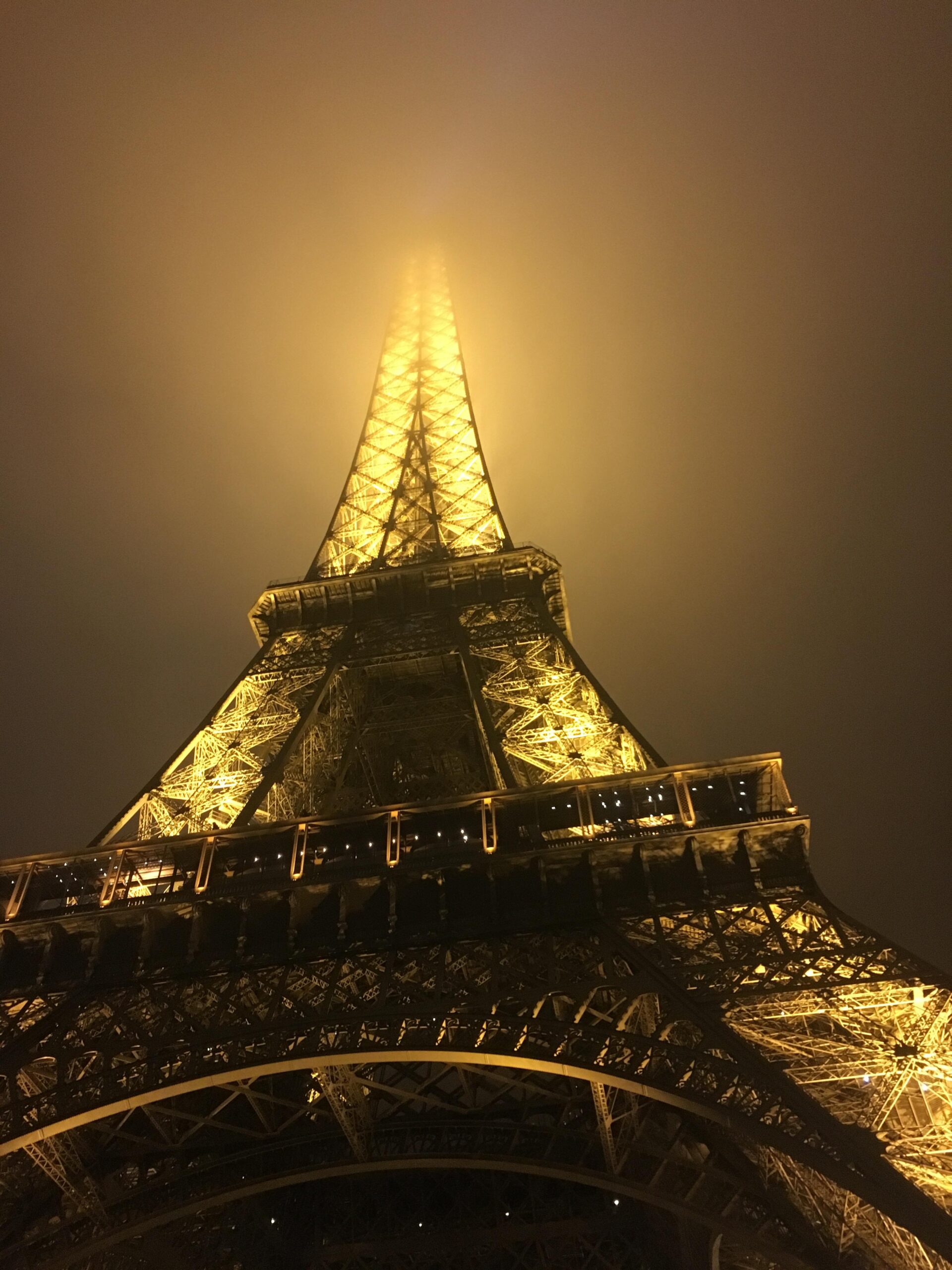Let’s explore some exciting day trips you can take from Paris!
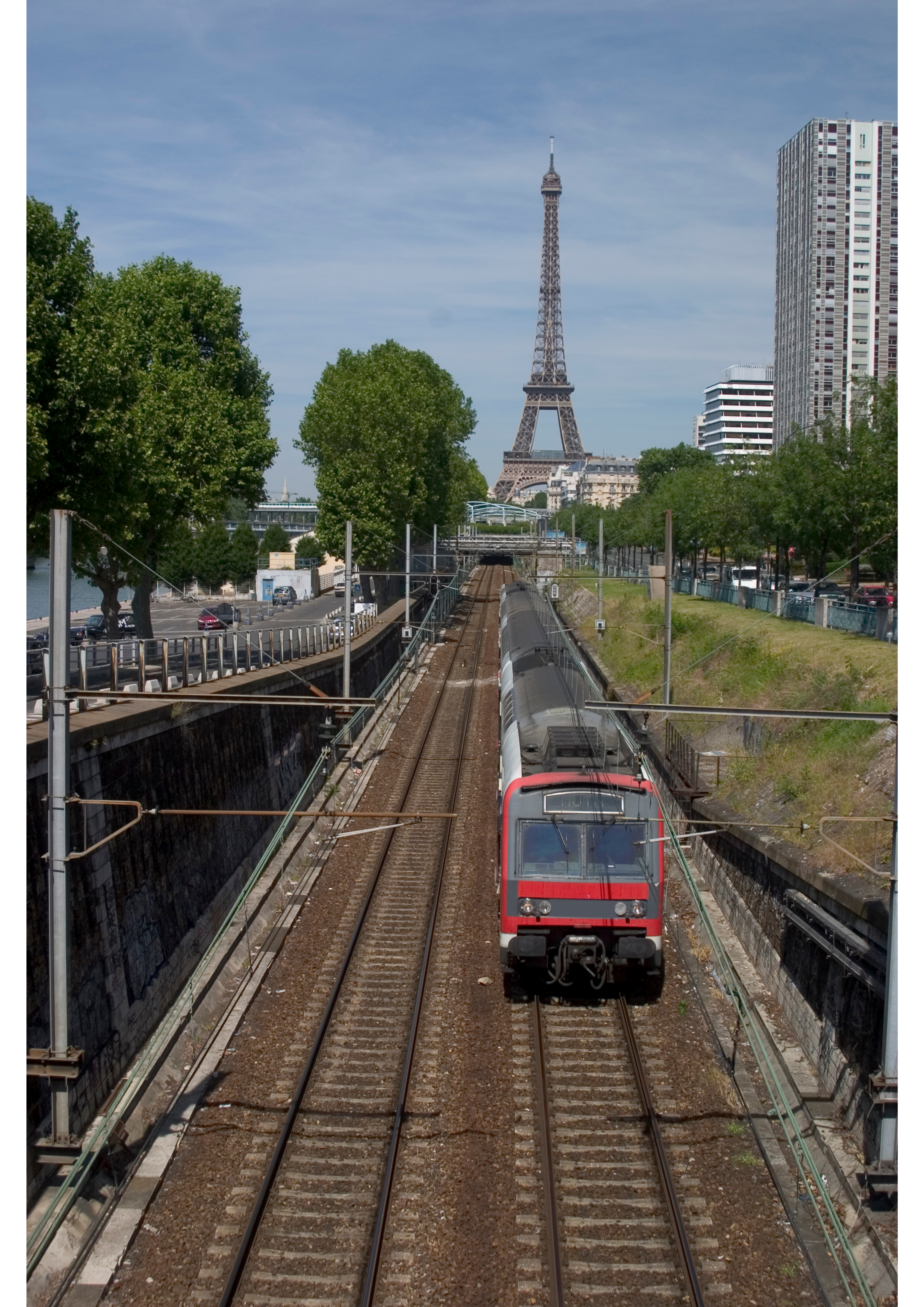
No one can ever deny the hold that Paris has. I, myself, am mesmerized by this city’s art scene, history, and beauty. If you have ever been to Paris, you will understand the charm. And even if you haven’t, you will also understand. “The City of Lights” and “The City of Love” are both known descriptions of Paris. Some travel to Paris for food and fashion and end up staying there instead of discovering the other magnificent cities and regions surrounding it.
Rather than writing about the most typical day trips, such as Disneyland, Versailles, and Chartres, I will be listing five places that you will find awe-inspiring. These locations can be reached in around two hours, more or less, by train, car, or boat. The first city on our list is:
Reims
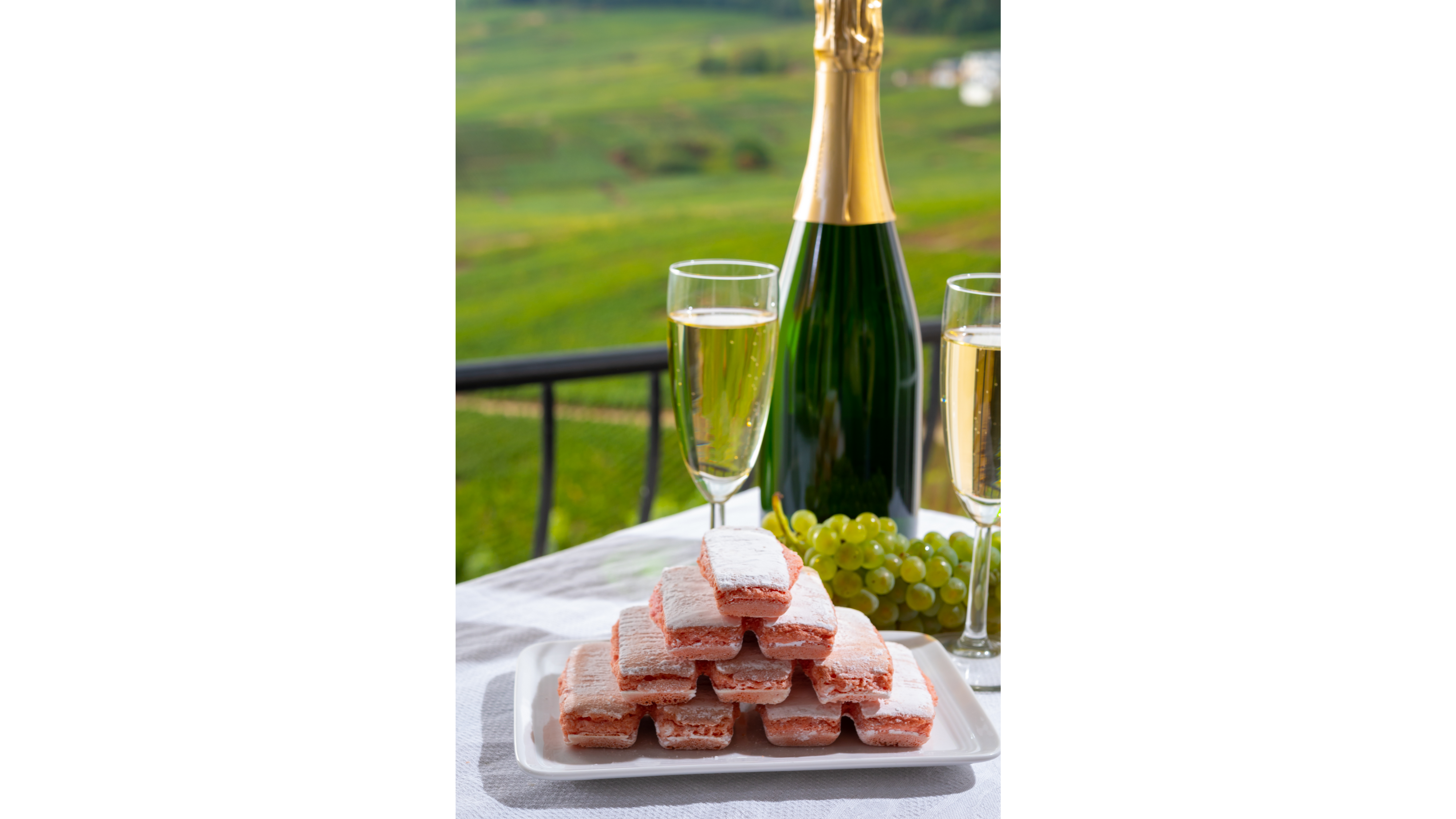
Considered the unofficial capital of the Champagne region, Reims is a city located around 45 minutes from Paris by train. You can find one of UNESCO’s World Heritage Sites here: crayères, underground limestone tunnels which hold the region’s renowned champagne cellars. Champagne tasting is one of the highlights of visiting Reims. A must-try with champagne are Reims’ pink biscuits, which are said to have been the royals’ lucky biscuits. If the biscuit stays whole after being dipped in champagne the night before the prince’s coronation, then his reign would be peaceful. Do you believe in such traditions?
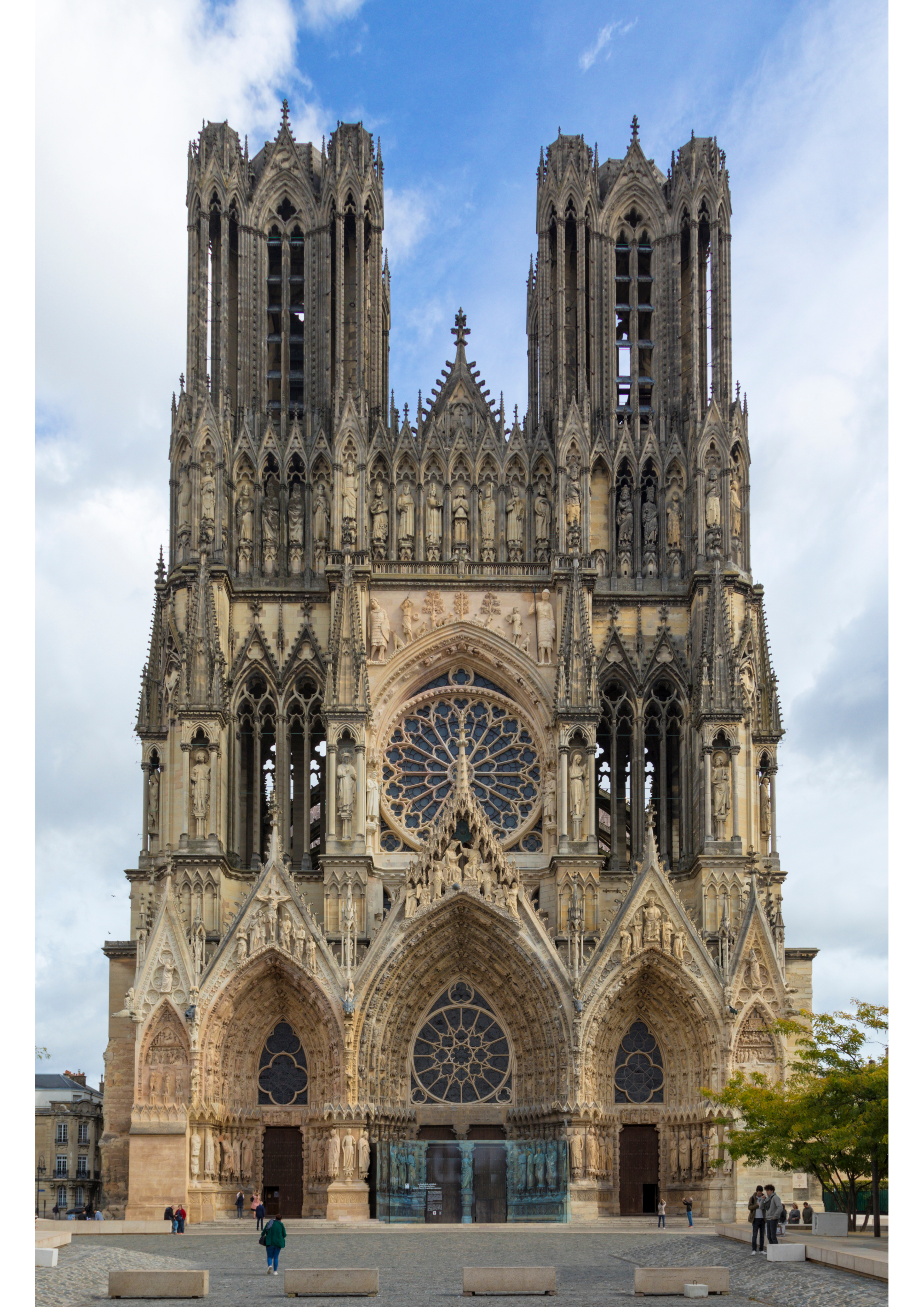
Another highlight and UNESCO World Heritage Site is the Reims Cathedral. It is a masterpiece of a building. Its Gothic-styled portals and stained-glass windows have welcomed French kings, who were crowned there for more than 1,000 years. Numerous carved statues greet you once your gaze sets upon the cathedral. The most captivating is the one of the Smiling Angel. Be sure to look for her!
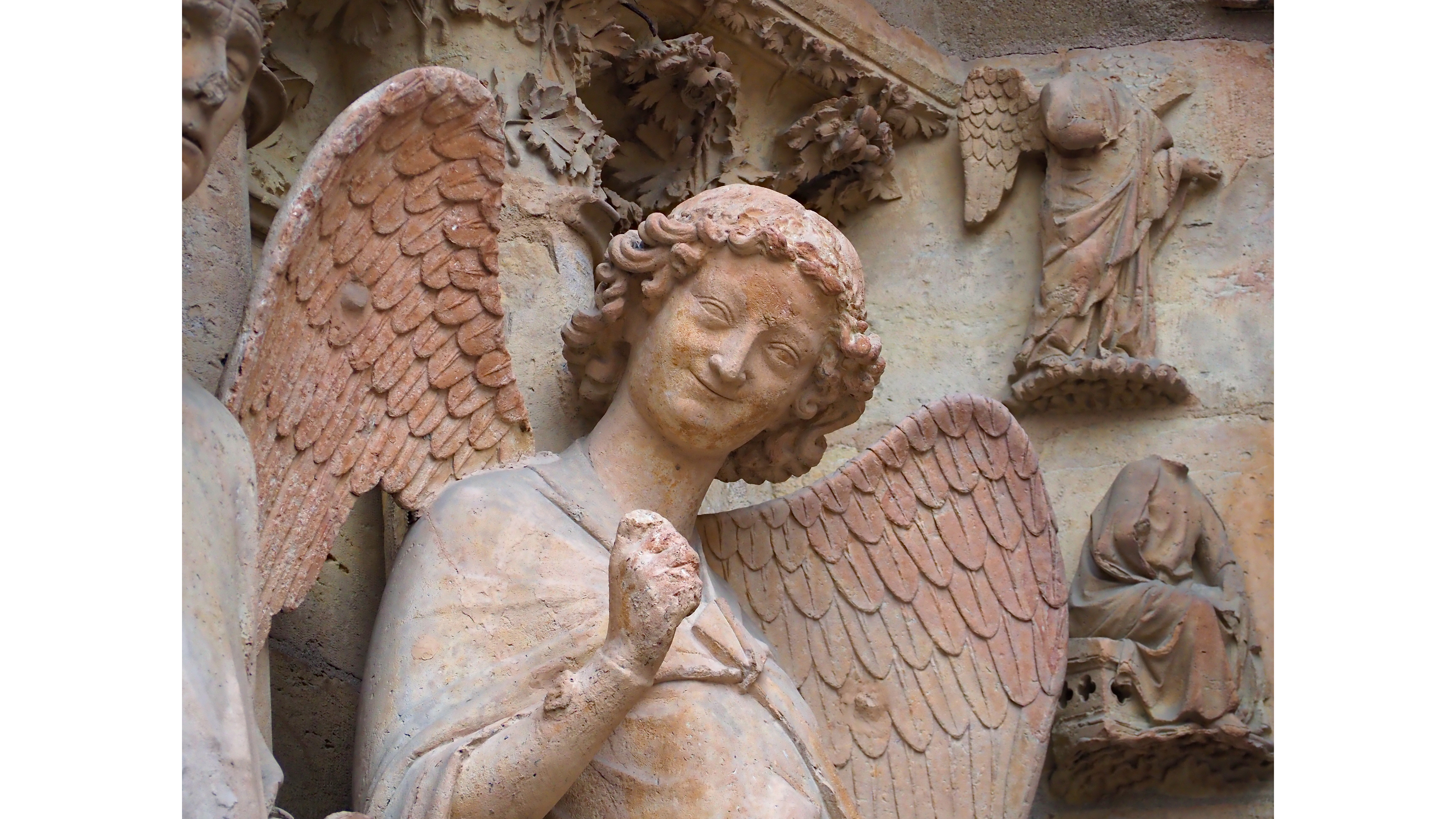
The Marne River
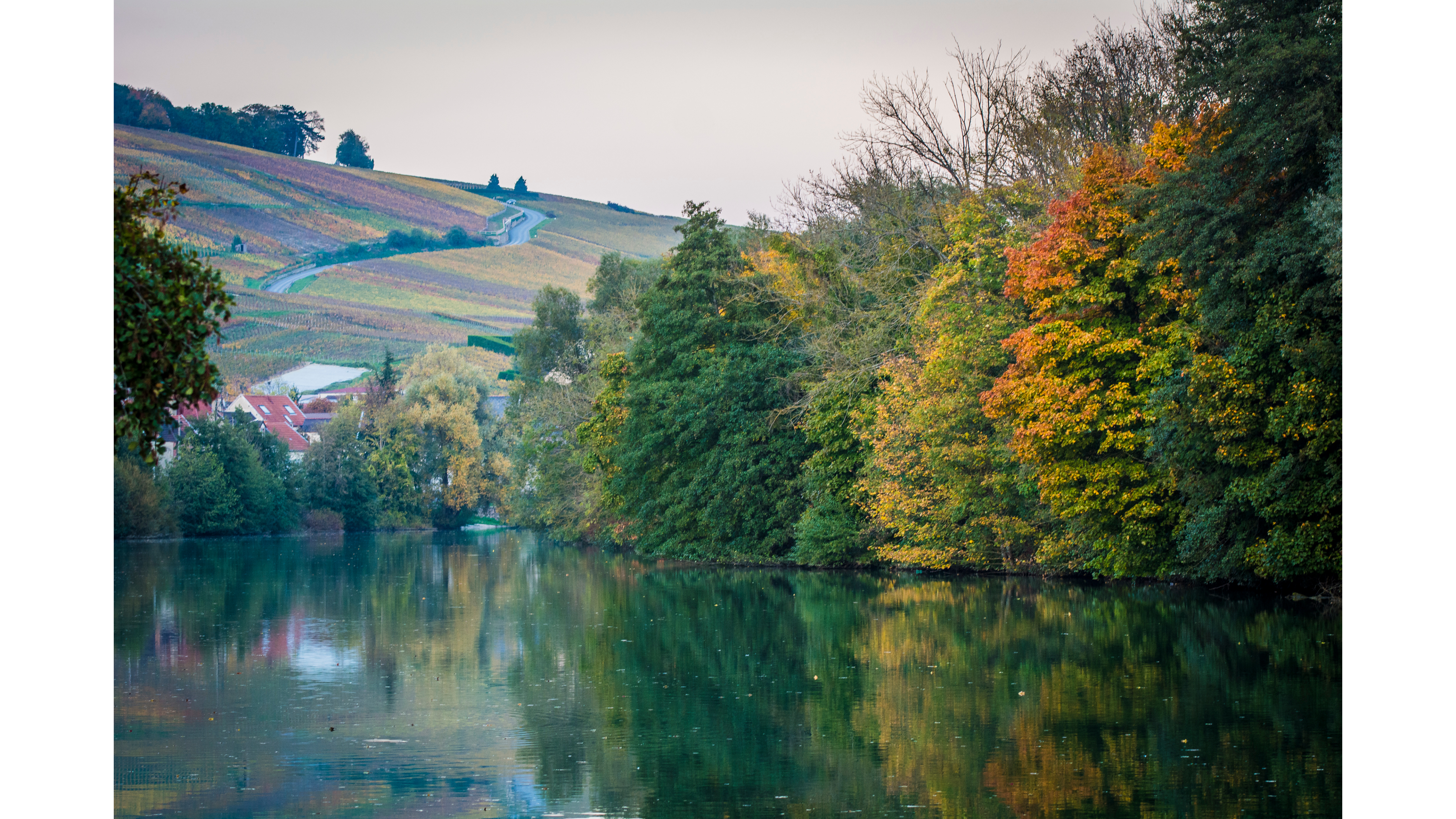
Whenever you feel like escaping the busy and crowded streets of Paris during spring and summer, a cruise on the Marne River is much recommended. Impressionist painters such as Camille Pissarro, Sisley, Caillebotte, and Monet painted the Marne river’s delightful green banks and guinguettes, open-air musical riverside cafes.
Several cruises leave Paris via the Seine, where you can discover the sights of Paris from a different perspective. An overview of what to expect: You will get to stroll through Marne’s idyllic communes and its little islands, which are home to guinguettes and fishermen. The boat continues its journey to Nogent-sur-Marne, where it moors in a little harbor, after passing via Joinville-le-Pont. The tables are placed for a gourmet break on the green banks of the Marne, where you will enjoy the fresh air.
Going on this cruise makes the world of the impressionists more concrete and tangible. You will be observing the actual scenery you so very much admire (besides the style of painting) from the paintings hanging on the walls of museums.
Giverny
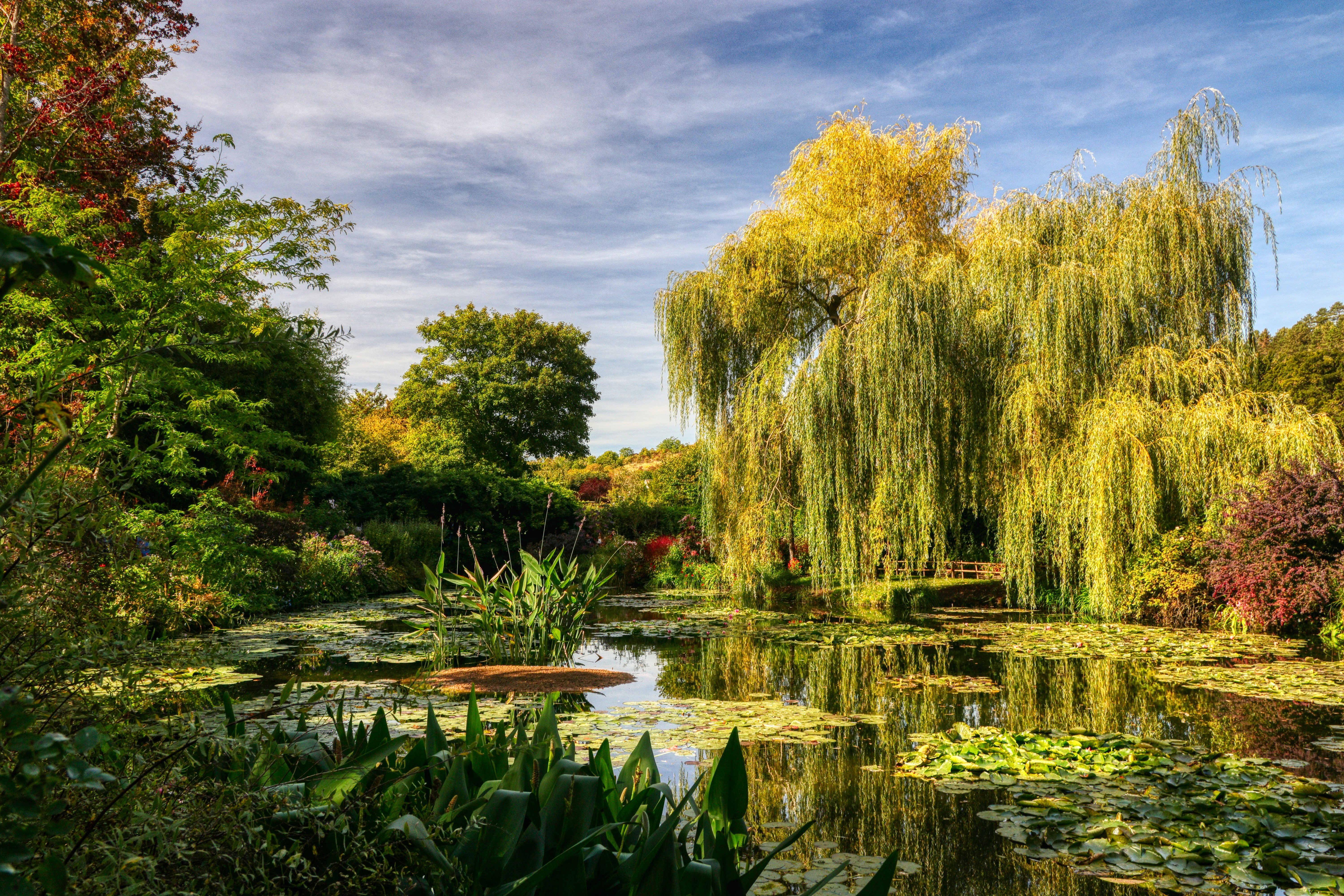
Another stop on the impressionists’ trail is Giverny, where Monet’s Gardens are located. Monet’s Gardens are divided into two sections: a flower garden in front of the home named Clos Normand and a water garden on the opposite side of the road. The water garden is full of curves and asymmetries. It was inspired by the Japanese gardens that Monet was familiar with due to his extensive collection of prints. In it, you will find the well-known Japanese bridge covered in wisterias, numerous smaller bridges, weeping willows, a bamboo grove, and the famed nymphets that bloom throughout summer. Never had a painter sculpted his natural subjects before painting them. As a result, Monet produced his masterpieces twice.
Spring and fall are the best seasons to visit; winter is best avoided since it’s important to see the landscapes in full bloom. In the fall, the red and orange leaves of the deciduous trees dance on the pond’s water.
There’s a lot more to see and do in this spot in Normandy. Its history can be traced back to the Paleolithic era, and the region is rich in ancient sites, magnificent castles, beautiful gardens, intriguing mills, and museums.
Chateau Vaux-le-Vicomte
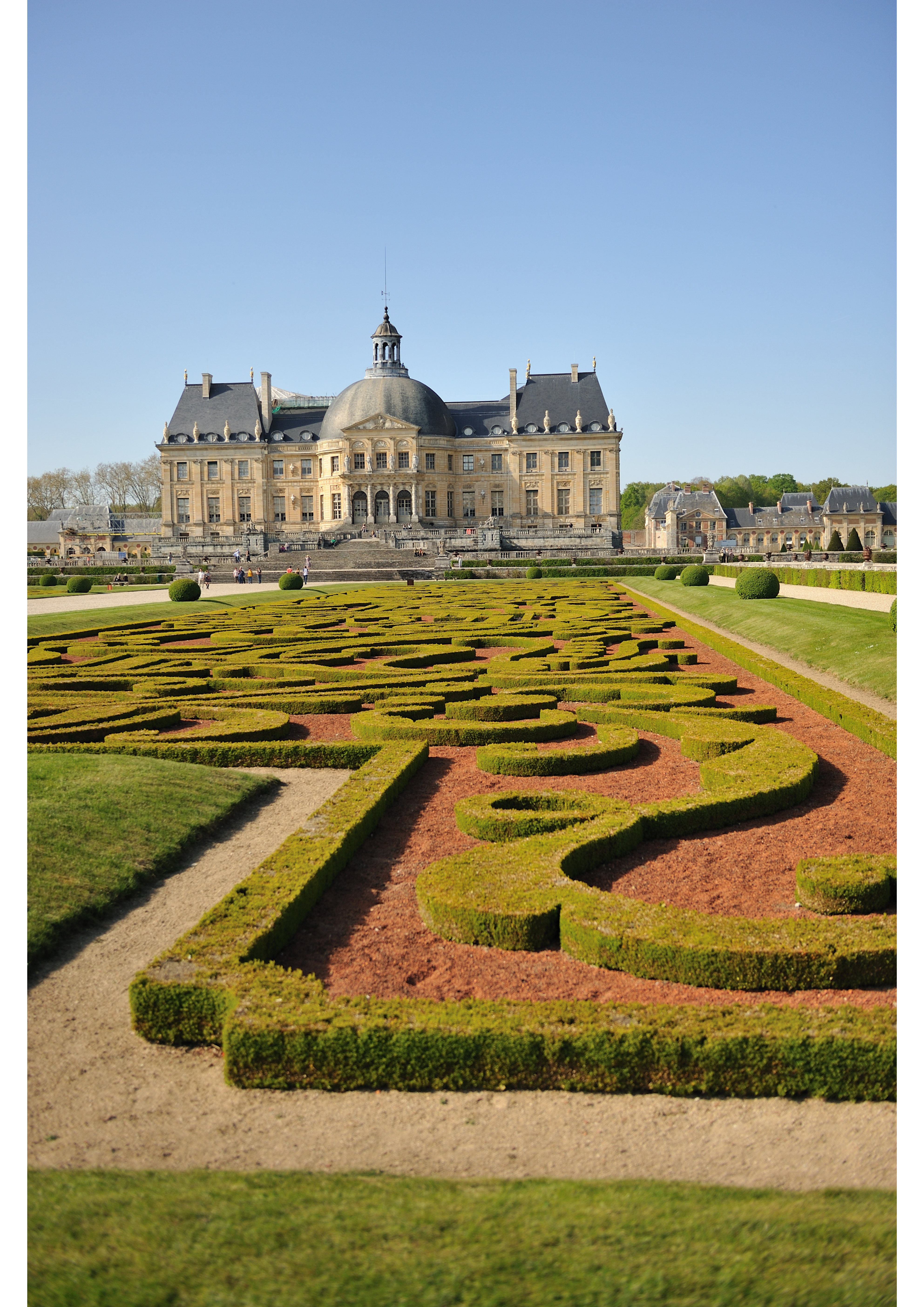
Reopening on April 2, Château Vaux-le-Vicomte is considered by some more beautiful and harmonious than Versailles, which gets much more attention. Vaux-le-Vicomte is a masterpiece of the French Formal Garden, with its strong lines and nobility, shifting views and concealed charms, and several fountains. Nicolas Fouquet commissioned the most prominent artists of his time to work on the château: an architect, Louis Le Vau, a painter, Charles Le Brun, and a landscape gardener, André Le Notre. The King’s gardener, André Le Nôtre, produced the French ideal of formal gardens that swept Europe in the 17th century at Vaux-le-Vicomte. The same group was contracted by Louis XIV to construct the Château de Versailles.
Before opening to the public in 1968, the château was a private residence. It has been renovated and furnished to look as though Nicolas Fouquet and his family have just left. Vaux-le-Vicomte’s 17th-century interior is one of the few that has remained intact. The château also houses the Carriage Museum. In the stables section, there is a rare collection of vintage carriages and their equipment.
The château was the first to provide candle-lit evening visits. You can share a romantic evening with your partner every Saturday evening from June through October. The château and gardens are illuminated by 2000 candles, creating a moment when time stands still.
Beaune
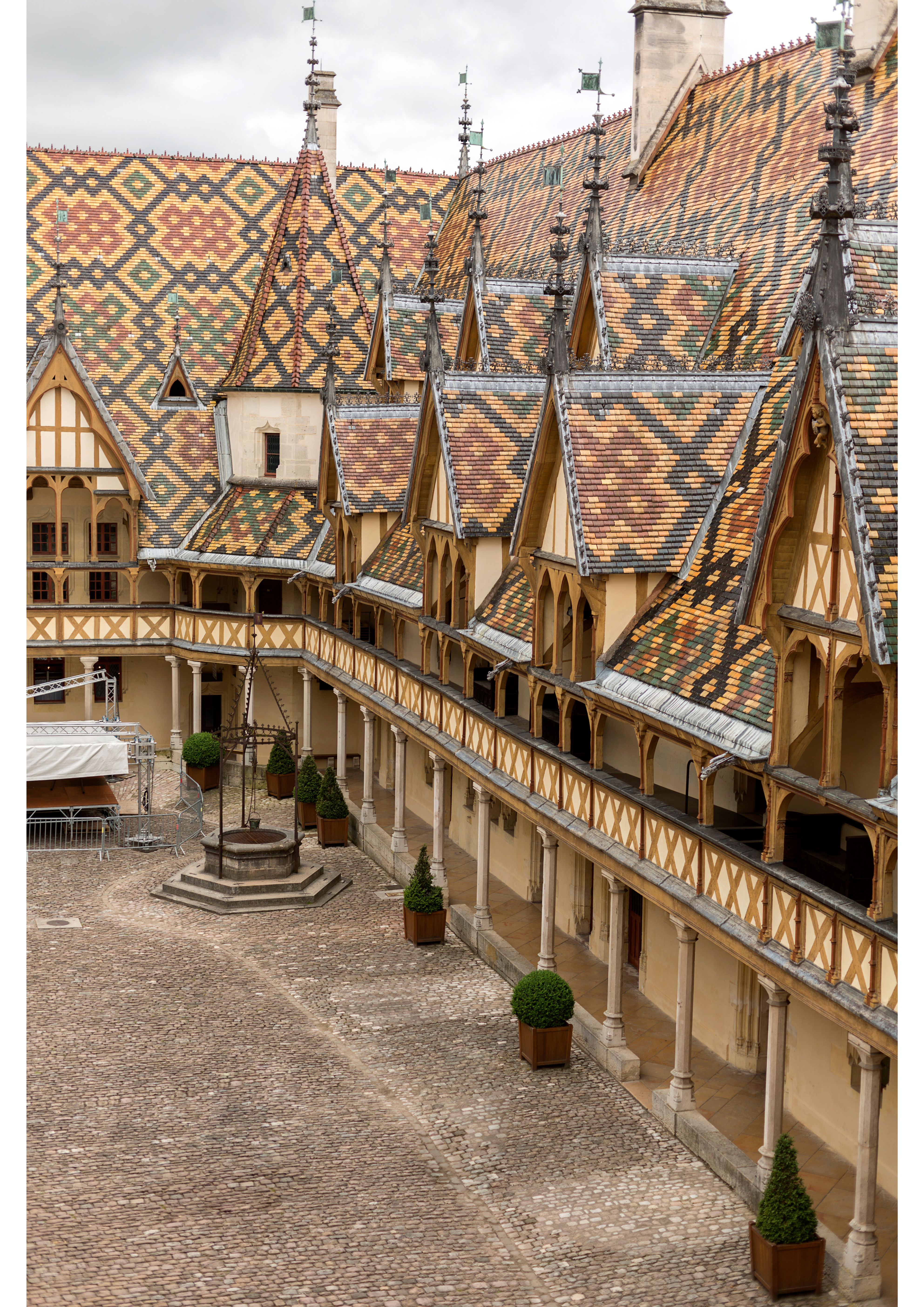
Beaune is a magnificent medieval city surrounded by vineyards belonging to the famed Cote d’Or appellation, a winemaking area. It was originally controlled by the formidable Dukes of Burgundy, who reigned over an independent Duchy from the 9th till the late 15th century.
When in Beaune, you should include wine tasting as part of the plan, whether in the ancient town’s bars and cellars or on a tour of neighboring wineries.
Its multicolored, glazed tile roofs are a hallmark of Burgundy, as is its Gothic architecture, an outstanding relic to the Dukes’ golden period. The Hospices, a hospital for the poor founded in the 15th century, also owns a famed vineyard, the wines of which are auctioned off each November. The complex is a UNESCO World Heritage site. It’s intriguing because of the insights it provides on Burgundian social history and activities throughout Duchy’s reign. It has its vineyard and wine cellars, as well as a vast medieval kitchen with dummies re-enacting daily life in the olden days and a pharmacy with exquisite antique bottles and unusual remedies.
You can also discover surrounding villages and renowned vineyards via a bike trip through the vines.
There is so much more to explore in France. Even my description of these five places does not do them justice. France is full of history and culture, and traditions. It would be near impossible to include everything in one article.
Have these locations inspired you to plan your own trip to France? Then check out JoinMyTrip and easily create your trip. You can also book a free trip consultation with us if you need help with planning your trip.

